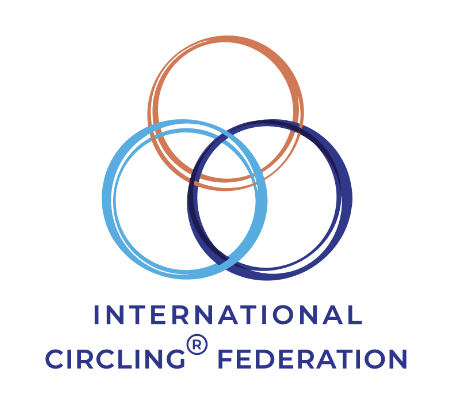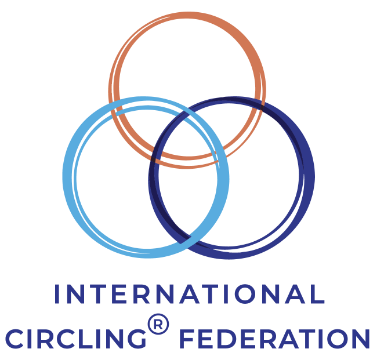The Integral Circling® Approach is a retired school… It no longer trains students, but in the years it was active, it trained many artful practitioners.
Their approach consists of three foundational principles;
- There is only one conversation happening in the group, as opposed to multiple people talking at once.
- The focus of the conversation and attention is facilitated to the present moment.
- There is a facilitator who sets an explicit context, ensures consent from all participants, and aligns the practice with this context through to completion.
It’s the facilitator’s accountability to:
- Set the context of the circle, stating explicitly what, how, how-long, and who is related to this instance of the practice. The context is complete when everyone participating has minimal understanding of what’s happening, and consents to going forward.
- Align the practice with the set context, and renegotiate as needed. For example, it’s the facilitators job to bring attention back to the present moment, ensure the duration is complied to, and get consent for any alterations to the context — sub-contexts/experiments, alterations, etc.
- Formally close the context and complete the practice.
The stages of an Integral Circle supervised by the facilitator include:
- Setting the Context and ensuring consent
- Connecting with self — taking time to notice the individual subjective experience — sensations, feelings, thoughts — while allowing the parasympathetic nervous system to come online enabling more permeable awareness and acuity.
- Connecting with others — taking time to non-verbally notice the presence of the space and others in the practice.
- In the case of a “birthday” or “personal” circle, the attention is facilitated to the “Circlee” who is invited to notice and share the experience of having amplified attention, Participants may also share what they notice with their attention on the “Circlee” and express curiosities which may or may not be followed at the discretion of facilitator and “Circlee”.
- In the case of an “organic” or “living room” circle, the attention flows freely and may be directed with noticings and curiosities by any participant in the circle at the facilitator’s discretion.
- Additional “sub-contexts” may be established which investigate particular elements of the experience as it arises.
- Once the practice has been formally closed, there may be space held for “integration” of the experience where insights, highlights, and questions may be addressed outside of the practice of moment to moment exploration.

